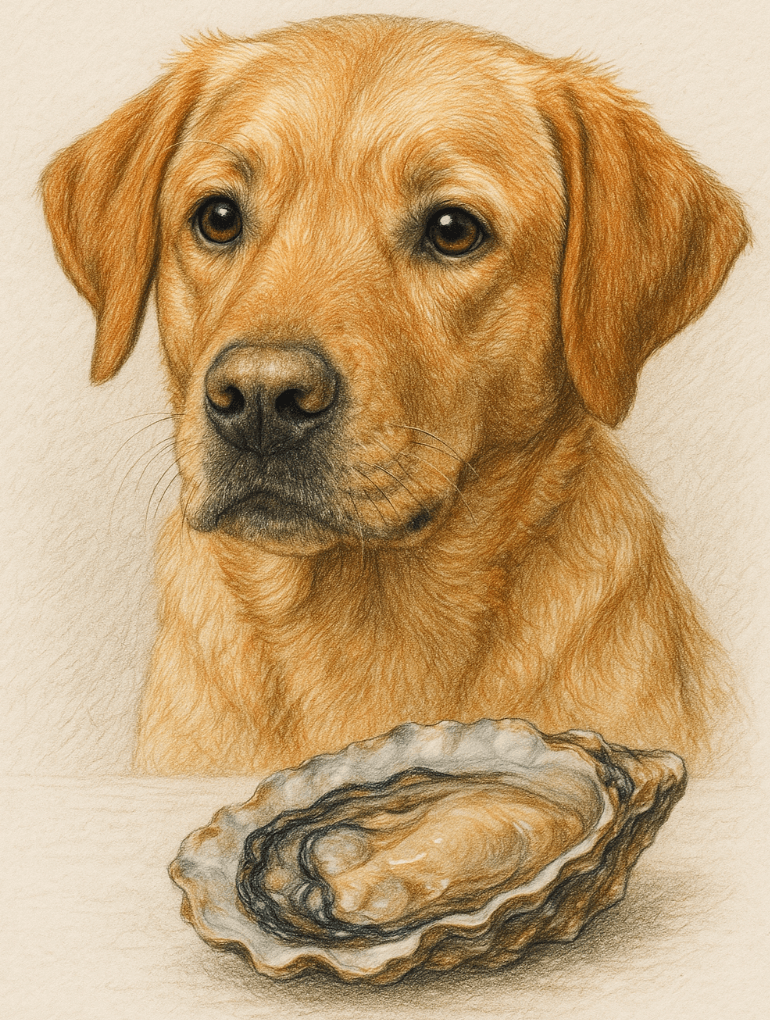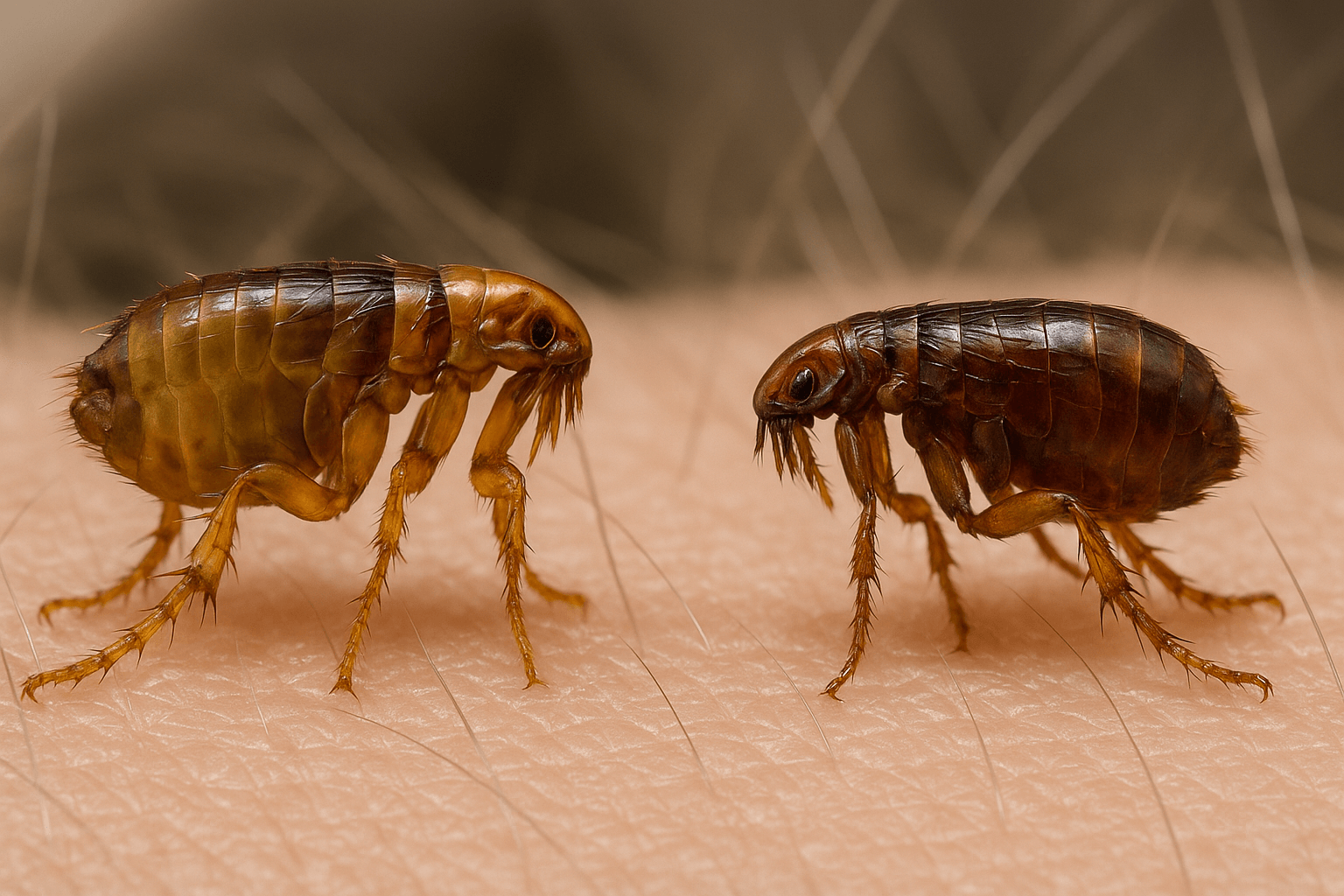Can Dogs Eat Oysters?
When it comes to expanding your dog’s diet, you may wonder whether certain human foods are safe for them to enjoy. Oysters, known for their rich nutritional profile, often spark curiosity among pet owners. But can dogs eat oysters? While these shellfish offer impressive health benefits, they also come with potential risks that need careful consideration. Understanding the pros and cons of feeding oysters to your dog ensures their safety and well-being. In this blog post, we’ll explore everything you need to know about dogs and oysters, from nutritional value to safer alternatives.
Potential Benefits of Feeding Oysters to Dogs
Oysters are packed with nutrients that can support your dog’s overall health when given in moderation. Here are some of the key benefits of incorporating oysters into their diet.
Rich in Protein:
Oysters are an excellent source of high-quality protein, essential for muscle development and repair.High in Omega-3 Fatty Acids:
These healthy fats promote skin health, reduce inflammation, and support brain function in dogs.Packed with Vitamins and Minerals:
Oysters contain zinc, iron, and vitamin B12, which boost immune function and energy levels.Low in Calories:
For dogs on a weight management plan, oysters provide nutrients without excessive calories.Supports Joint Health:
The natural glucosamine and chondroitin in oysters can aid in maintaining joint flexibility and mobility.
While these benefits make oysters appealing, it’s important to proceed with caution to avoid potential risks.
Risks of Feeding Oysters to Dogs
Despite their nutritional advantages, oysters can pose significant risks to dogs if not prepared or served correctly. Here are some hazards to be aware of before offering oysters to your furry friend.
Risk of Choking:
The hard shells of oysters can become lodged in a dog’s throat, leading to choking or injury.Shell Fragments:
Sharp shell pieces can damage your dog’s mouth, throat, or digestive tract if accidentally ingested.Allergic Reactions:
Some dogs may have sensitivities or allergies to shellfish, resulting in symptoms like itching or swelling.Foodborne Illnesses:
Raw oysters can carry harmful bacteria or parasites, such as Vibrio, which can cause severe illness in dogs.High Sodium Content:
Oysters are naturally high in sodium, which can lead to dehydration or other health issues if consumed excessively.
Understanding these risks is crucial to ensuring your dog’s safety when introducing oysters into their diet.
Check this guide 👉Can Dogs Eat Snap Peas? Best 7 Expert Tips!
Check this guide 👉Can Dogs Eat Kidney Beans? Best 7 Expert Tips!
Check this guide 👉Can Dogs Eat Turkey Bones? Best 7 Expert Tips!

Safe Ways to Serve Oysters | Risks of Unsafe Preparation |
|---|---|
Cooked, plain oysters (no seasoning) | Raw oysters carrying bacteria or parasites |
Shelled and finely chopped oysters | Whole shells posing choking hazards |
Small portions as an occasional treat | Excessive sodium intake |
Bone broth made with oyster shells | Allergic reactions to shellfish |
Oyster-based supplements (vet-approved) | Overfeeding causing digestive upset |
How to Safely Introduce Oysters to Your Dog
If you decide to give your dog oysters, it’s essential to take precautions to minimize risks. Follow these guidelines to ensure a safe experience.
Choose Fresh, High-Quality Oysters:
Opt for fresh, sustainably sourced oysters to reduce the risk of contamination.Remove All Shells Completely:
Ensure no shell fragments remain, as they can harm your dog’s mouth or digestive system.Cook Thoroughly Without Seasoning:
Avoid adding salt, spices, or oils, as these can irritate your dog’s stomach.Start with Small Portions:
Offer a tiny amount first to monitor for any adverse reactions or allergies.Consult Your Veterinarian:
Always seek advice from your vet before introducing new foods, especially shellfish.
By following these steps, you can safely incorporate oysters into your dog’s diet while minimizing potential dangers.
Signs Your Dog May Be Struggling After Eating Oysters
Even with precautions, complications can arise if your dog consumes oysters improperly. Watch for these warning signs to act quickly if something goes wrong.
Vomiting or Diarrhea:
These symptoms may indicate food poisoning or an allergic reaction to the oysters.Excessive Drooling:
Drooling could signal irritation or injury caused by sharp shell fragments.Lethargy or Weakness:
A sudden lack of energy might suggest bacterial infection or toxicity.Swelling or Itching:
Facial swelling or persistent scratching indicates an allergic response to the shellfish.Difficulty Breathing:
Labored breathing requires immediate veterinary attention, as it could signify a severe allergic reaction.
Recognizing these signs early allows you to seek veterinary care promptly, preventing further complications.
Common Mistakes to Avoid When Feeding Oysters to Dogs
Feeding oysters to your dog requires careful consideration to avoid mistakes that could endanger their health. Here are some pitfalls to watch out for.
Offering Raw Oysters:
Raw oysters may harbor harmful bacteria or parasites that can sicken your dog.Leaving Shells Attached:
Shell fragments can cause choking or internal injuries if swallowed.Adding Salt or Spices:
Seasonings can upset your dog’s stomach and lead to dehydration.Overfeeding Oysters:
Too many oysters can overwhelm your dog’s digestive system and lead to nutrient imbalances.Ignoring Allergies:
Not all dogs tolerate shellfish; failing to test for allergies can result in adverse reactions.
Avoiding these mistakes ensures a safer and healthier experience for your dog.
Alternatives to Oysters for Nutritional Benefits
If you’re hesitant about feeding oysters, there are plenty of alternatives that provide similar nutritional benefits without the associated risks.
Fish Like Salmon or Sardines:
These are rich in omega-3 fatty acids and easier to prepare safely for dogs.Lean Meats Like Chicken or Turkey:
High in protein and low in fat, these meats are excellent staples for a balanced diet.Eggs:
A great source of protein and vitamins, eggs are easy to cook and digest for most dogs.Bone Broth:
Strained and unsalted bone broth offers nutrients without the risks of whole shellfish.Supplements:
Omega-3 and glucosamine supplements provide joint and immune support without feeding actual oysters.
These alternatives allow you to cater to your dog’s nutritional needs while keeping them safe.
Understanding Your Dog’s Natural Instincts Around Seafood
Dogs are naturally curious about new foods, including seafood like oysters. Understanding their instincts helps explain their interest and how to manage it.
Scavenging Behavior:
Dogs are opportunistic eaters, drawn to novel scents and textures like those of oysters.Nutrient Seeking:
Their bodies crave omega-3s and zinc, which oysters naturally provide, making them appealing.Exploratory Sniffing:
Dogs use their noses to investigate unfamiliar foods, including shellfish, to determine edibility.Taste Preferences:
The mild, briny flavor of oysters may intrigue some dogs, while others may find it unappealing.Curiosity vs. Caution:
While dogs may show interest in oysters, their instincts don’t account for potential dangers like shells or bacteria.
By recognizing these behaviors, you can better address your dog’s curiosity in a safe and controlled manner.
Frequently Asked Questions About Dogs and Oysters
Are raw oysters safe for dogs?
No, raw oysters can carry harmful bacteria or parasites. Always cook them thoroughly before serving.
Can puppies eat oysters?
Puppies should avoid oysters due to their developing immune systems and higher sensitivity to allergens.
What type of oysters are safest for dogs?
Plain, cooked oysters without shells or seasoning are the safest option.
How often can I give my dog oysters?
Limit oysters to occasional treats rather than a regular part of their diet.
What should I do if my dog swallows a shell fragment?
Contact your veterinarian immediately to assess the situation and prevent potential injuries.
Prioritizing Your Dog’s Safety When Feeding Oysters
Feeding oysters to your dog can provide valuable nutrients, but it’s not without risks. By understanding the potential benefits and hazards, you can make an informed decision about whether oysters are suitable for your furry companion. Always prioritize safe preparation, moderation, and veterinary guidance to ensure your dog stays healthy and happy. Remember, your dog relies on you to make the best dietary choices for them—so always err on the side of caution when introducing new foods.
Canned Pumpkin for Cat Diarrhea: Best 7 Expert Tips! Natural remedy to firm stools, soothe upset bellies, and support gut health safely.
Can a Cat Give You Scabies? Best 7 Expert Tips! Discover the truth about feline mites, human skin risks, and how to protect yourself—without panic.
Cat Flea vs Human Flea: Best 7 Expert Tips! Discover the truth about bites, species, and how to eliminate infestations for good.
Weird Cat Behaviors: Best 7 Expert Tips! Discover why cats do strange things—and how to understand, not punish, their instincts for a happier home.




